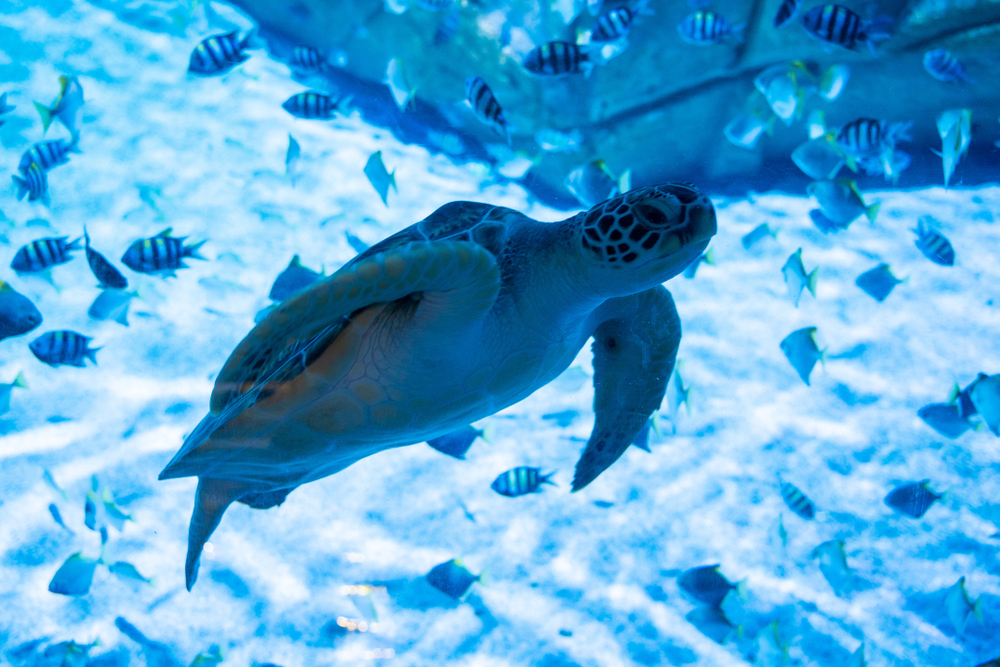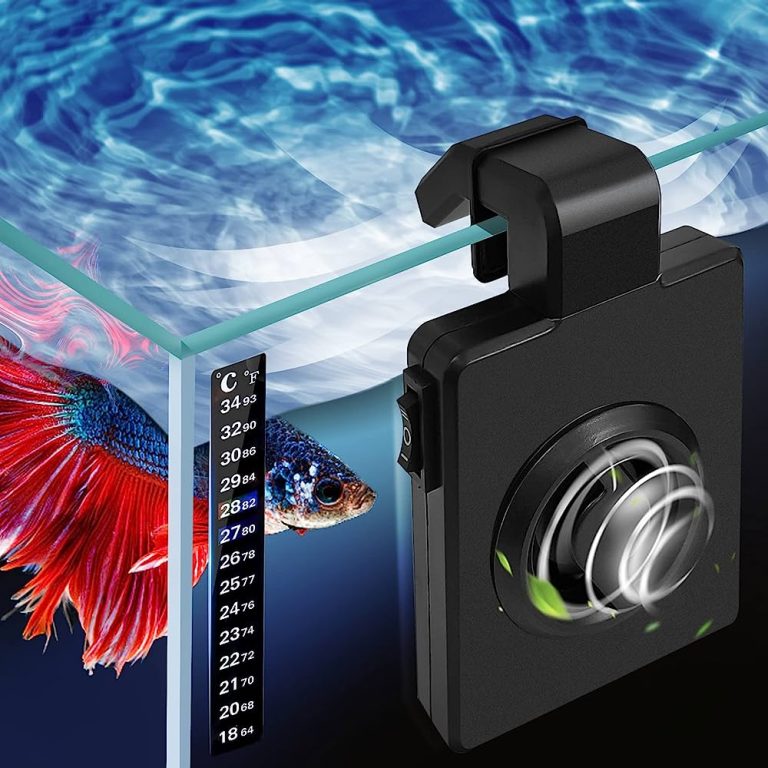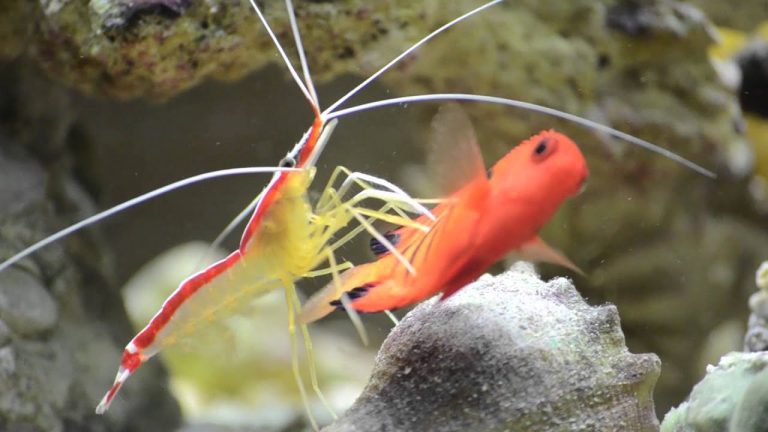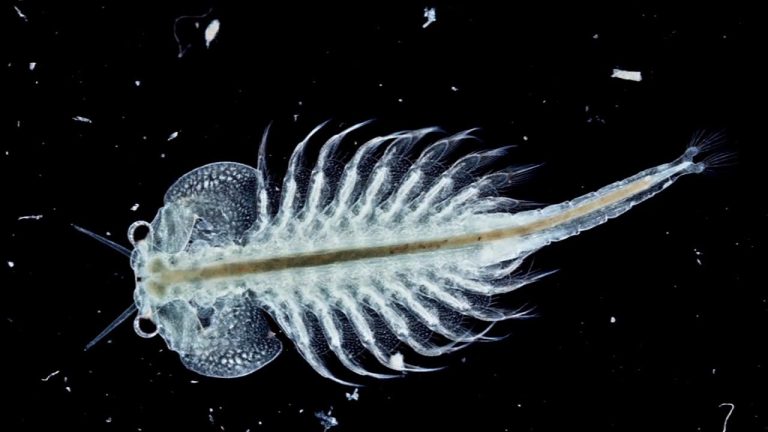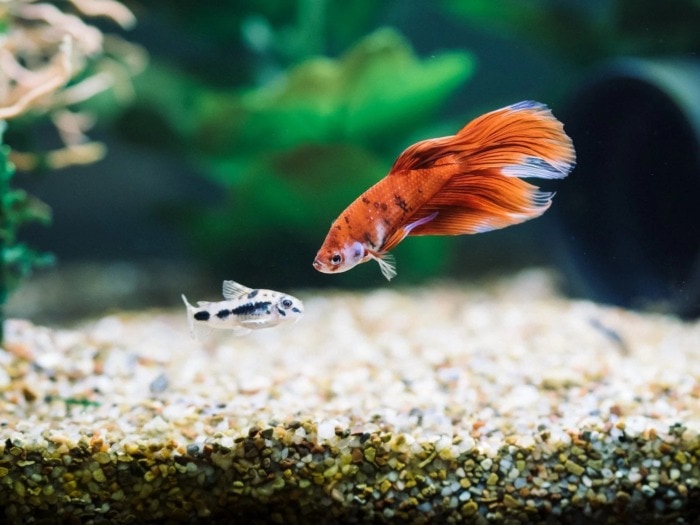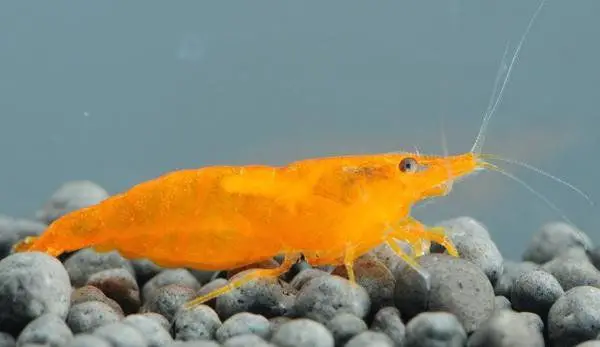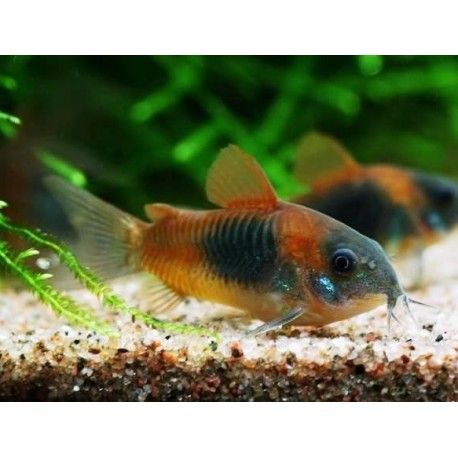Can Turtles Live With Fish
Can Turtles Live With Fish?
If you’ve ever wondered whether turtles can live harmoniously with fish, the answer is yes, with some considerations. Turtles and fish can indeed coexist in the same habitat, such as an aquarium or pond, but there are several factors to keep in mind to ensure their well-being. In this article, we will explore the compatibility of turtles and fish, the types of fish that can be kept with turtles, the importance of proper tank setup, and address some frequently asked questions on this topic. So, let’s dive in!
Compatibility of Turtles and Fish
Turtles and fish can live together successfully, provided certain conditions are met. Turtles are naturally omnivorous creatures and may see smaller fish as prey. Therefore, it’s crucial to choose fish species that are not small enough to be eaten by the turtle. Additionally, some turtle species are more aggressive than others, so it’s essential to consider the temperament and size of the turtle before introducing it to any fish.
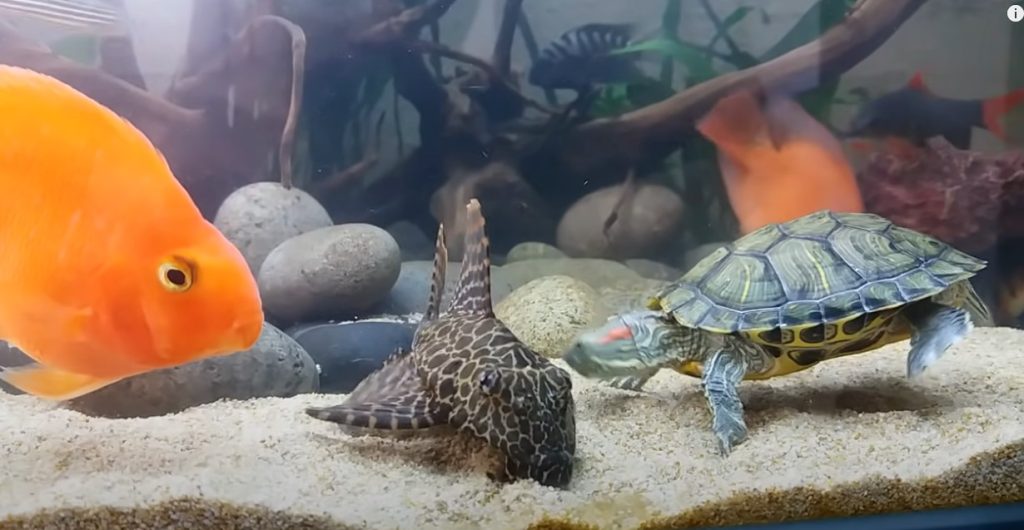
Types of Fish That Can Be Kept with Turtles
When selecting fish to live with turtles, it’s advisable to choose larger, fast-swimming species that are not prone to nipping at the turtle’s shell. Some suitable fish options include:
1. Common Goldfish: These hardy fish can tolerate the water temperature fluctuations that turtles may cause. They are fast swimmers and can usually avoid the turtle.
2. Red-Eared Slider Tankmates: Red-eared slider turtles are one of the most popular pet turtles. Compatible fish for their tank include Rosy Barbs, Giant Danios, and Bala Sharks. These fish are quick and agile, making them less likely to be targeted by the turtles.
3. Plecos: Plecos, also known as suckerfish, are another good choice for cohabitation. These algae-eating fish can help keep the tank clean while being relatively safe from the turtle.
4. Koi: If you have a larger pond setup, Koi fish can be a stunning addition. They are large and robust fish that can withstand the presence of turtles.
Proper Tank Setup
Creating a suitable habitat is crucial for the well-being of both turtles and fish. Here are some essential aspects to consider when setting up a tank for turtles and fish:
1. Tank or Pond Size: Ensure that you have a sufficiently sized tank or pond to accommodate both the turtle and the fish comfortably. Turtles require a more spacious enclosure compared to fish. A rule of thumb is to provide at least 10 gallons of water per inch of turtle shell length.
2. Basking and Hiding Spots: Turtles need a dry area where they can bask and soak up UVB rays. Provide a basking platform and ample hiding spots for the fish to escape from the turtle if needed.
3. Filtration and Water Quality: Invest in a good filtration system to maintain excellent water quality. Turtles produce waste that can quickly degrade the water conditions, which can be harmful to fish. Regular water testing and maintenance are essential to create a healthy environment for both the turtle and fish.
4. Temperature and Lighting: Turtles require a specific temperature range and access to UVB lighting for their overall health. Ensure that you have the proper heating and lighting setup in the tank or pond.
5. feeding habits: Turtles tend to be messy eaters, which can result in excess food particles sinking to the bottom of the tank. Consider using a gravel siphon or additional filter to clean up the uneaten food and prevent water quality issues.
Frequently Asked Questions
1. Can turtles eat fish?
Yes, some turtle species are carnivorous and do eat fish. However, not all turtle species have a diet that includes fish. Check the specific dietary needs of your turtle species and ensure appropriate feeding.
2. Do turtles and fish interact with each other?
Turtles and fish may interact with each other within their habitat. However, these interactions may vary depending on the specific species of turtle and fish involved.
Final Thoughts
While turtles and fish can coexist in the same tank or pond, it’s important to select compatible fish species, provide adequate space, temperature, and habitat conditions for both parties. Regular monitoring of water quality and proper tank maintenance are vital for their long-term well-being. By considering these factors and providing a suitable setup, you can create a harmonious environment for turtles and fish to thrive together.
